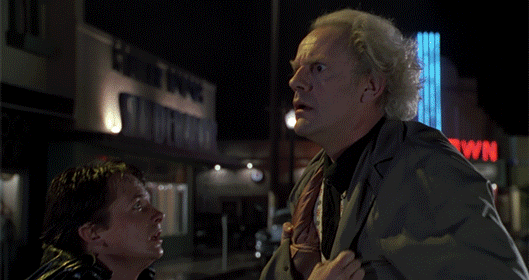Invasion of privacy by commercial appropriation / rights of publicity
These rights are violated when a person’s likeness is used on or in connection with products or merchandise (“goods”), or to sell or advertise goods or services.
With respect to artwork, the courts have generally considered works of fine art to be expressions of the First Amendment rights of free speech, and thus immune from liability for violation of privacy or publicity rights. Only commercial reproductions of the artwork qualify as goods under this standard. Thus, the original painting of your husband would not be a violation of his rights of privacy or publicity. However, if the artist subsequently reproduces the painting on t-shirts, postcards, etc., those items would be considered “commercial” goods, and that would violate your husband’s rights of privacy and publicity under this standard.
The grey area would be reproduction of the painting as a limited edition of fine art prints. Most courts consider such prints to be free speech just like the original artwork and thus, still immune from rights of privacy or publicity. For example, in New York an edition of 5,000 prints of a painting depicting Tiger Woods was held immune as an artistic expression of free speech. However, in California, the standard is more subjective. In a recent case concerning a portrait of the Three Stooges, the California Supreme Court held that artwork is immune only if it is “transformative.”
Unfortunately, the meaning of “transformative” is elusive. The court said that an artwork is transformative if it is perceived as “primarily the artist’s own expression rather than the subject’s likeness.” This could mean that the style of the rendering is what matters: if a painting is a caricature, it is probably transformative. If it’s a conventional realistic portrait, it’s not transformative. However, it could also mean that the artwork’s appeal to the consumer is what matters: if they want to buy it because of the wonderful artistic technique, it is transformative. If they want to buy it because they want a picture of that person, it is not transformative. Most consumers don’t know him, so they would want to buy the painting of your husband for its artistic quality, not because it depicts him. If it has artistic qualities beyond a conventional realistic portrait, that would further support the argument that it is transformative; for example, if stylized distortion or harsh colors contribute to the unflattering depiction. See Legalities 3 for more on the rights of publicity.







